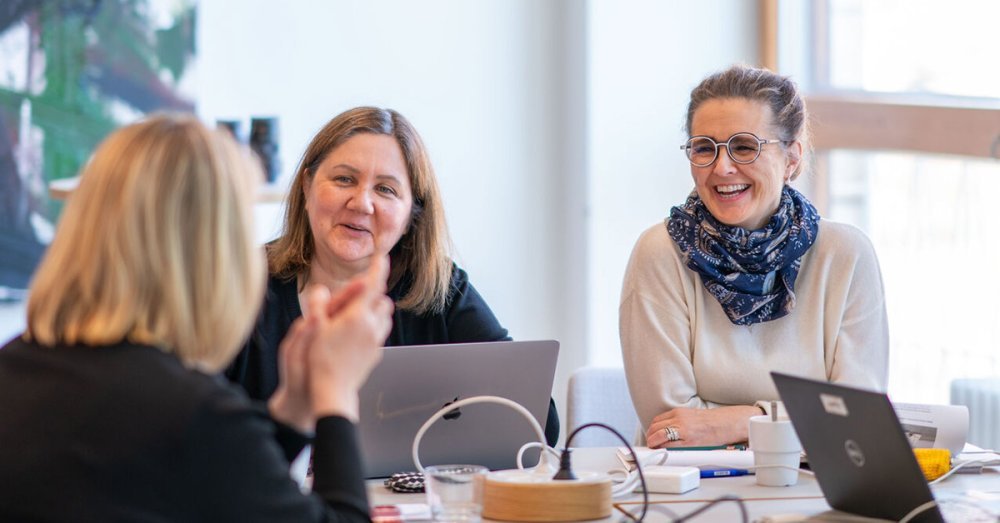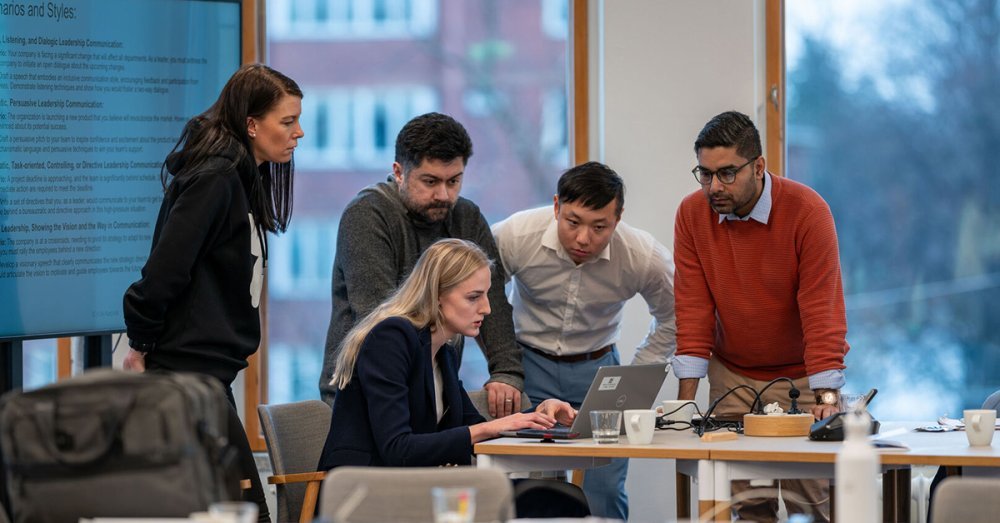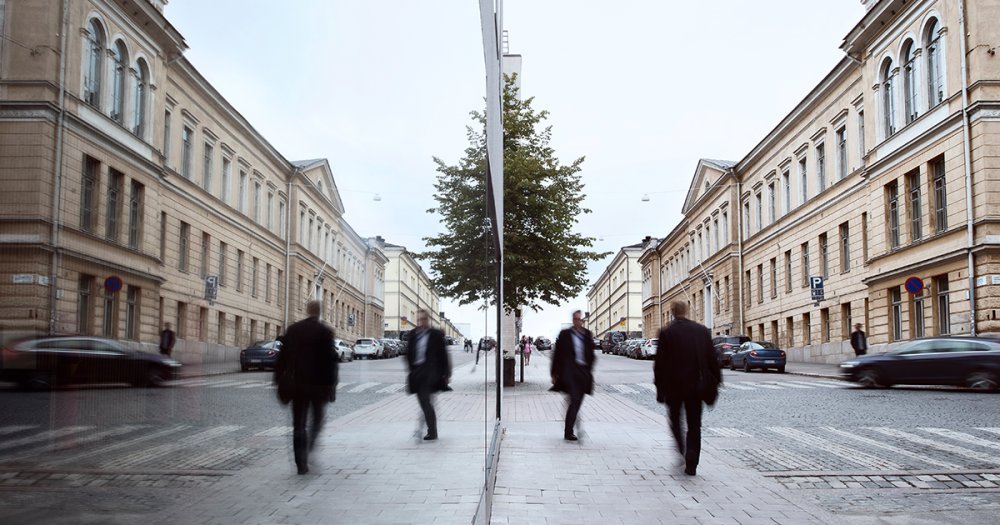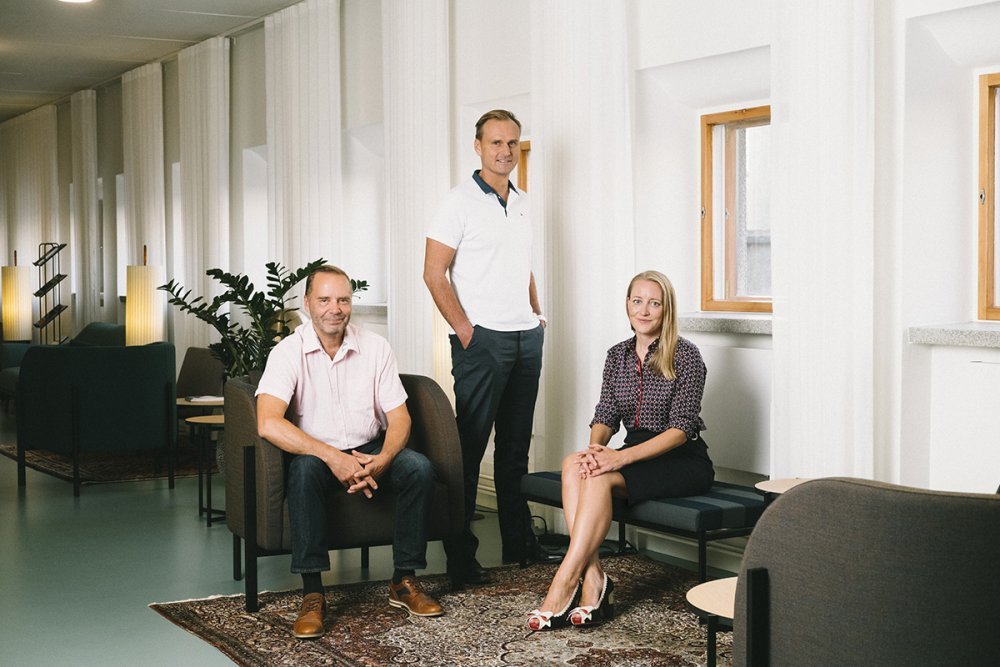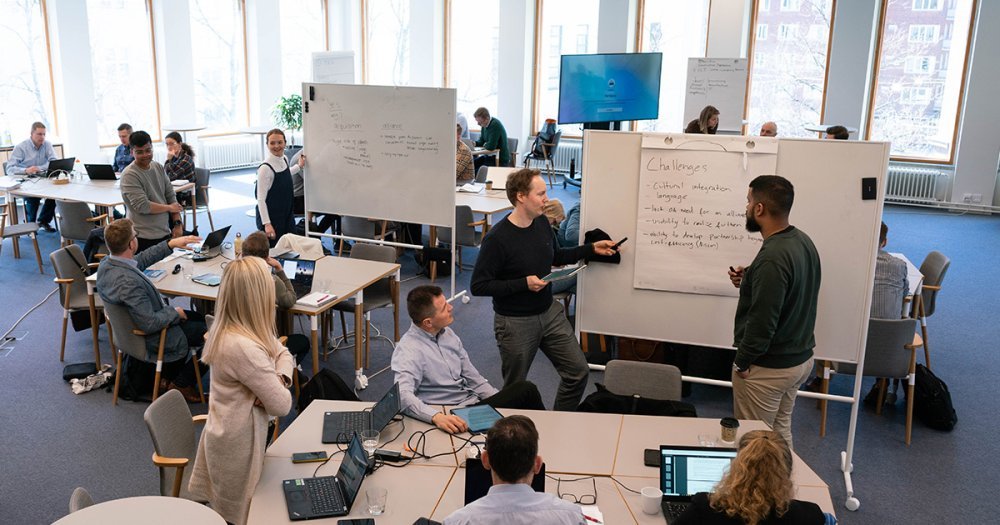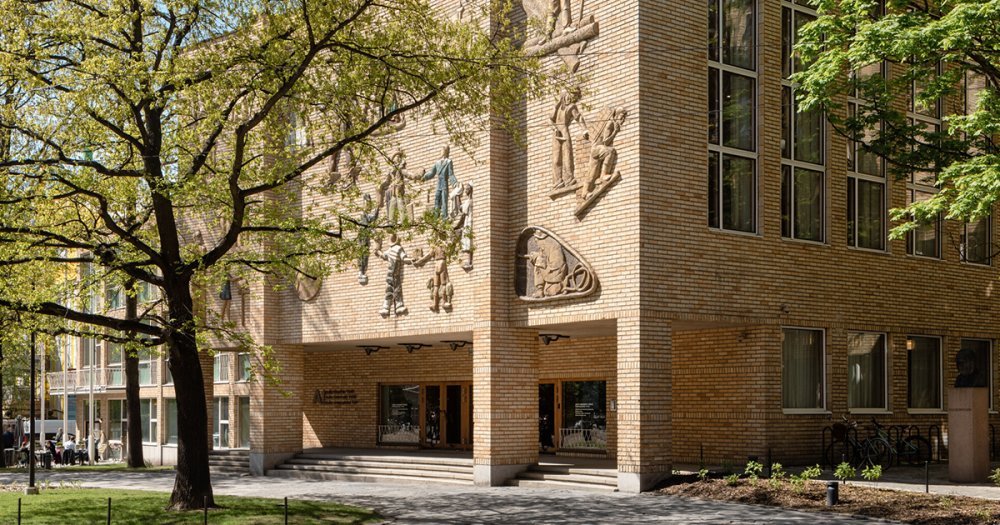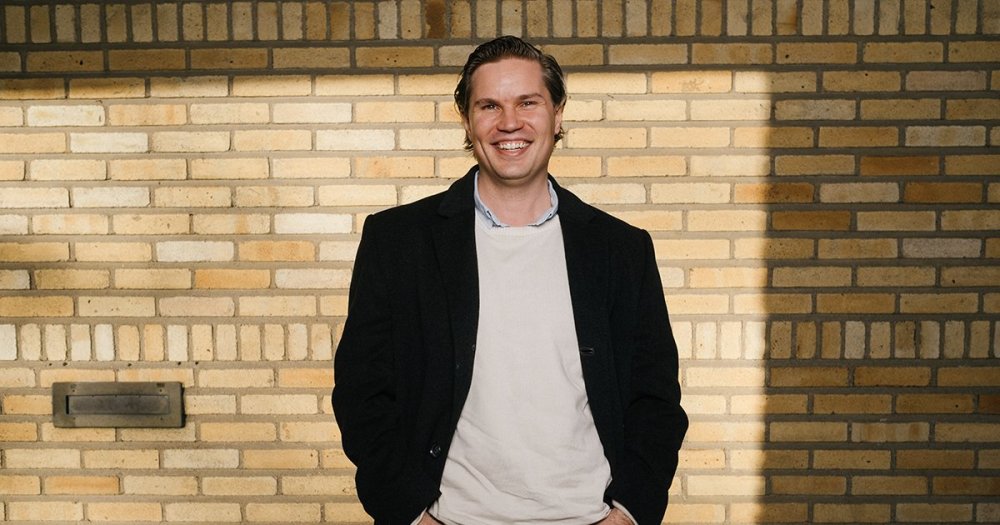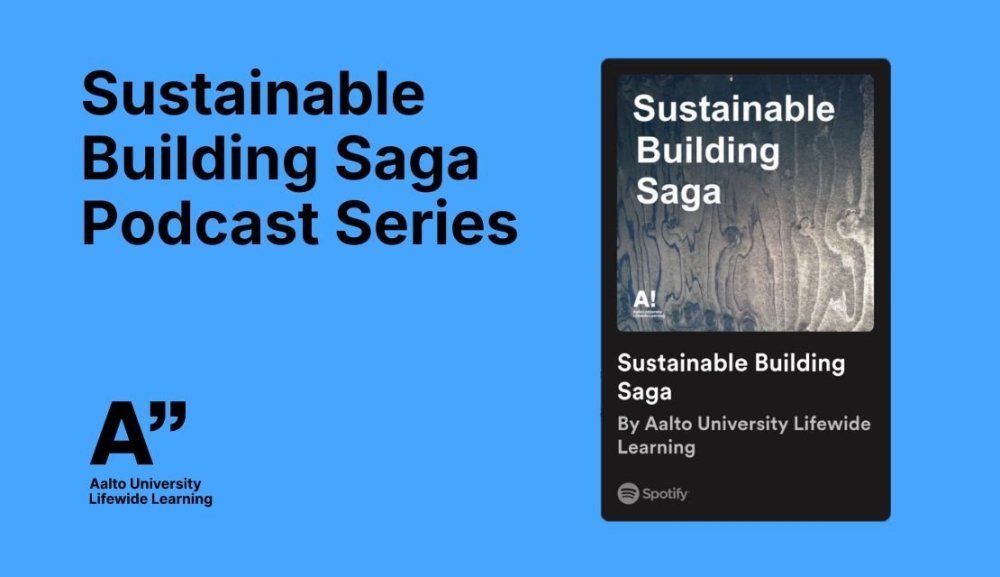"In this industry, business and art are so often seen as opposites – but in reality, the economy is what makes art possible.”
Samuel Harjanne
Director, actor, and entrepreneur
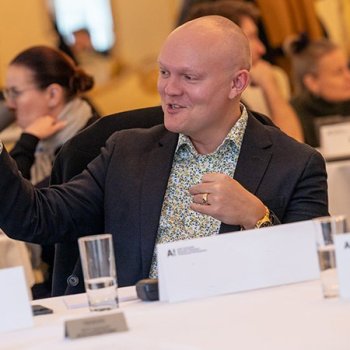 Talking about money can feel uncomfortable in the creative industries, but for musical director Samuel Harjanne, it’s just the opposite. In his view, finance doesn’t hold art back – it makes it possible. From international collaborations to leadership know-how and bold business partnerships, Harjanne believes these are the keys to unlocking opportunities many in the arts world haven’t even dared to imagine.
Talking about money can feel uncomfortable in the creative industries, but for musical director Samuel Harjanne, it’s just the opposite. In his view, finance doesn’t hold art back – it makes it possible. From international collaborations to leadership know-how and bold business partnerships, Harjanne believes these are the keys to unlocking opportunities many in the arts world haven’t even dared to imagine.
When Finnish-born, Denmark-based director, actor, and entrepreneur Samuel Harjanne first discovered Aalto EE’s Business of Culture program, something just clicked.
“The name of the program caught my eye right away. In this industry, business and art are so often seen as opposites – but in reality, the economy is what makes art possible. The idea that those two worlds could actually work together was fascinating to me,” Harjanne recalls.
Business and art are so often seen as opposites – but in reality, the economy is what makes art possible."
Harjanne is no stranger to big productions – he’s directed hit musicals like Kinky Boots, Priscilla, Queen of the Desert, and Come From Away. His first feature film, the Finnish children’s movie Risto Räppääjä ja kaksoisolento, hit theaters in February. Working internationally, Harjanne has built an impressive career in the creative world. But running his own firm – Harjanne Company Ltd, founded in 2019 – got him thinking: maybe there was still more to learn about business.
“My company is small – it’s just the two of us – but the workload is huge. I’d been trying to figure out for a while how we could level up, whether that meant growing, getting more efficient, or finding something totally new to offer that I hadn’t even thought of yet,” he says.
By the fall of 2023, the pieces finally came together. Despite his packed schedule, Harjanne knew the time was right. He applied to the program and made it work, juggling his calendar to ensure he could take part. “I kept wondering if I could make the time, but in the end, I figured that you’ve got to grab these opportunities if you want to move forward,” he says.
Leading with emotion – and making business partnerships work
The Business of Culture program turned out to be just what Harjanne was looking for. More than anything, it gave him fresh insights into leadership – how to manage people, himself, and the financial side of things.
What left the biggest mark on Harjanne was Aalto EE Senior Advisor Ben Nothnagel’s CoPassionate Leadership module, which dove into collaboration, leadership, and the dynamics of working with people.
“I realized that my emotional sensitivity is both a strength and a challenge. I’ve learned to spot my own reactions and ask myself – do I really need to be this sad, excited, or angry right now? Or can I just take a breath and let it pass? That’s been a game-changer for me, both as a director and as a business leader,” he says. In the arts, emotions tend to run high. Harjanne says it’s crucial for both a director and a leader to know when to tighten the reins and when to step back and let creativity flow.
Sometimes boundaries can unlock creativity. But if they’re too tight, they can shut it down."
“Sometimes boundaries can unlock creativity. But if they’re too tight, they can shut it down,” he says. When it comes to the relationship between money and art, Harjanne says his biggest takeaway is a fresh perspective. Financial thinking doesn’t limit artistic freedom – it makes it possible.
“If a theater is putting a lot of money into a production, I want to respect that by creating something that delivers value, both financially and artistically. That’s what responsible leadership is all about,” he says.
Harjanne says his view on external funding shifted, too. In the arts world, it’s often seen as a “handout” you have to ask for with your hat in hand. “Now I see that applying for funding is actually about creating opportunities, on both sides. We, as artists, can offer real value and impact to funders. It’s not begging; it’s a business partnership,” he says.
Putting lessons into practice – and seeing the results
Not every lesson from the program has made its way into his daily work just yet, but Harjanne already sees a shift in how he leads. He feels he’s grown up as a leader.
“I listen more now. I’ve learned to take a step back and give space to other people’s ideas. I don’t just dive in headfirst, I let the process breathe. And I’ve noticed that often opens up new perspectives and keeps things moving,” he says. The Business of Culture program, designed for cultural leaders across the Nordic and Baltic regions, has also given Harjanne a fresh perspective on international opportunities.
Originally directed by Harjanne for Helsinki City Theatre, Kinky Boots made its Estonian debut in November at the Vanemuine Theatre in Tartu. The production itself was the same, but the show was adapted to fit the local stage. To Harjanne, this kind of collaboration isn’t just practical, it’s an exciting glimpse into how neighboring countries could team up even more in the future.
“It’s crazy when you think about it – every theater puts huge effort and money into building a big musical or other production, only to run it for a season or two. Then, the sets and costumes often just get shoved into storage or, worse, tossed out. Wouldn’t it make more sense to plan from the start for the show to move on, from one theater to the next, even across borders?” Harjanne says.
Wouldn’t it make more sense to plan from the start for the show to move on, from one theater to the next, even across borders?"
Harjanne points out that this kind of co-production model is nothing new internationally, rotating productions are common in the US and UK. But in the Nordic and Baltic countries, it’s still a fairly new idea, just starting to gain traction.
“There’s so much talent and a rich cultural heritage in this region, but collaboration is still in its early days. The Business of Culture program really opened my eyes to the potential. When you share the risks and costs across more partners, productions can run longer and go further,” Harjanne says.
An industry driven by passionate people
The Business of Culture program also helped Samuel Harjanne see his own role as a trailblazer more clearly. His message to young arts leaders is simple: “Don’t be afraid, and don’t give up. If you believe in something, push it forward with confidence. A good leader makes things possible, opening doors for others, and often for themselves along the way,” Harjanne says.
Leading in the arts is always a balancing act between intuition, emotion, and financial reality, Harjanne says. But that’s exactly where its strength lies. “A good leader builds the kind of environment where passion and creativity can thrive while business and art work together. We don’t need to apologize for needing money to create art. We can proudly say: this is valuable art, and it’s also a sustainable business,” Harjanne says.
